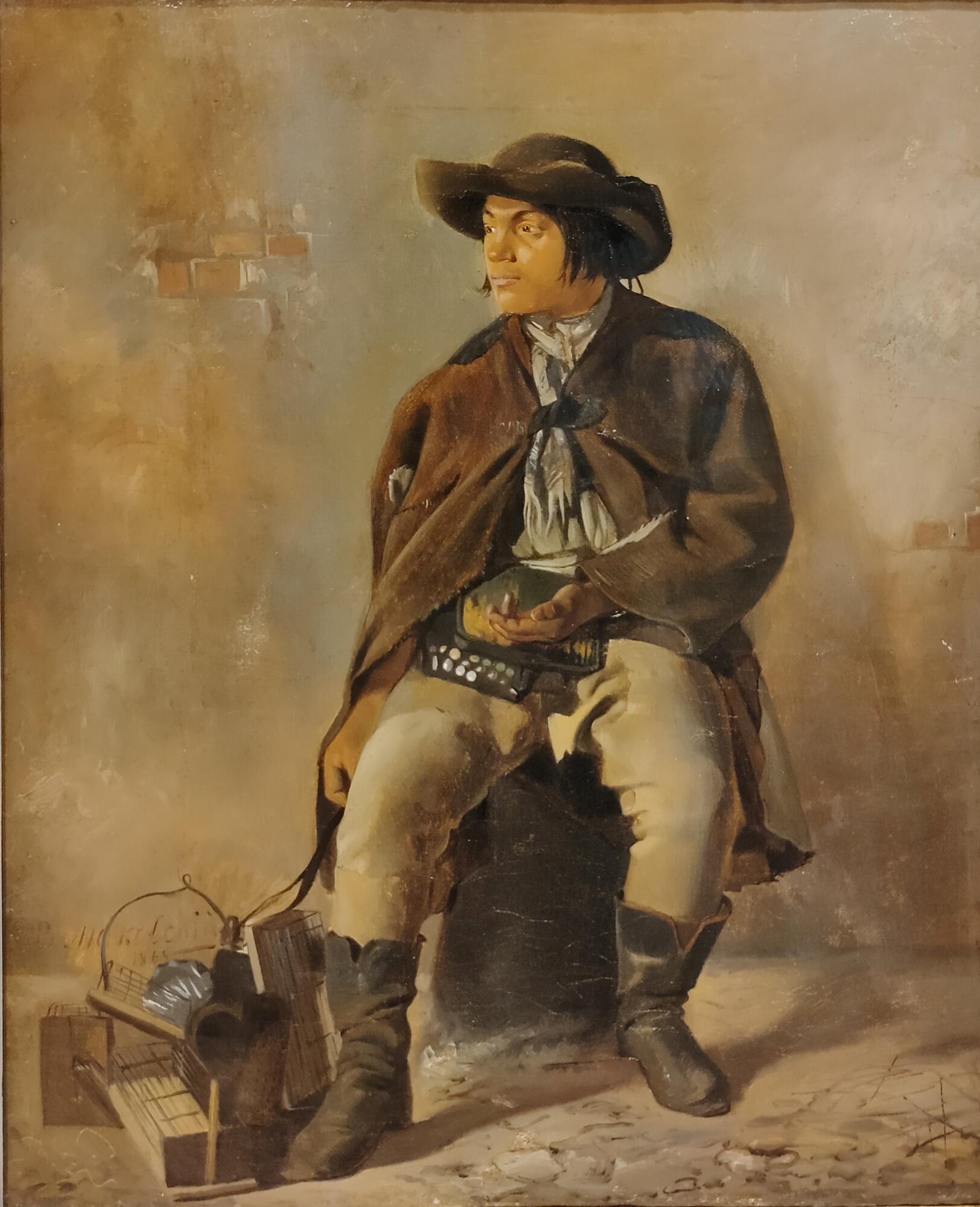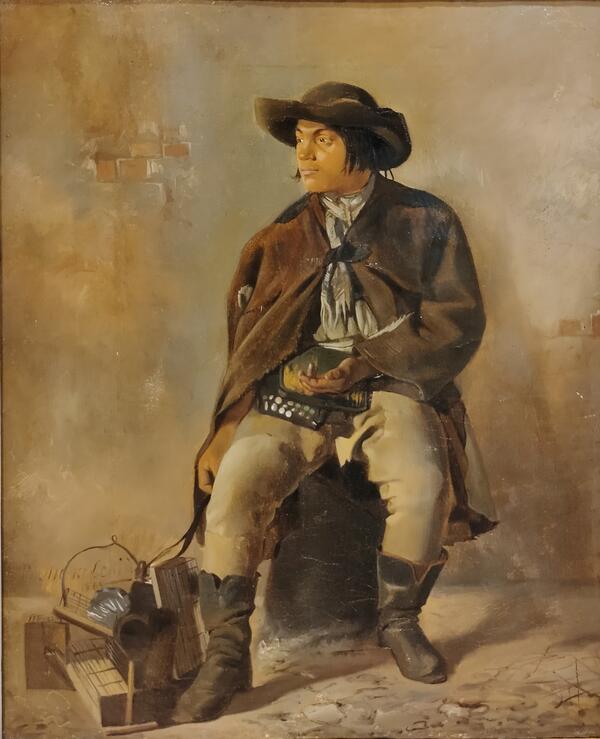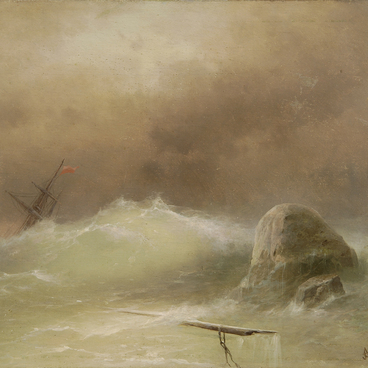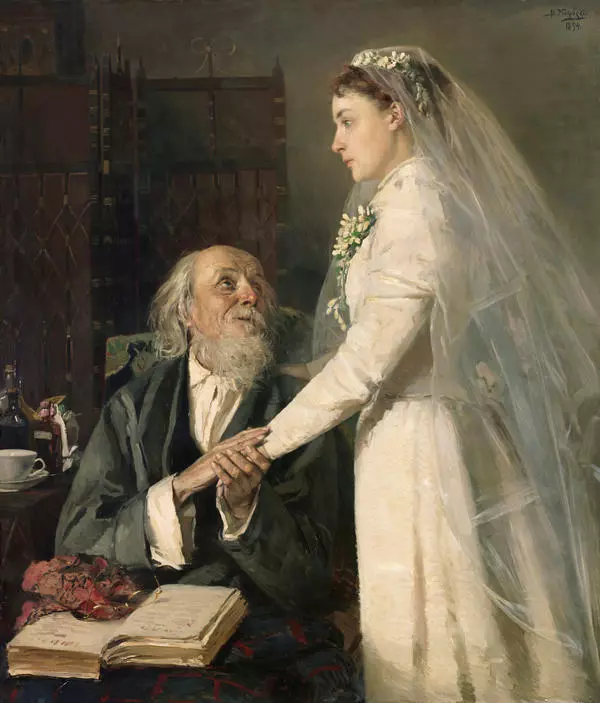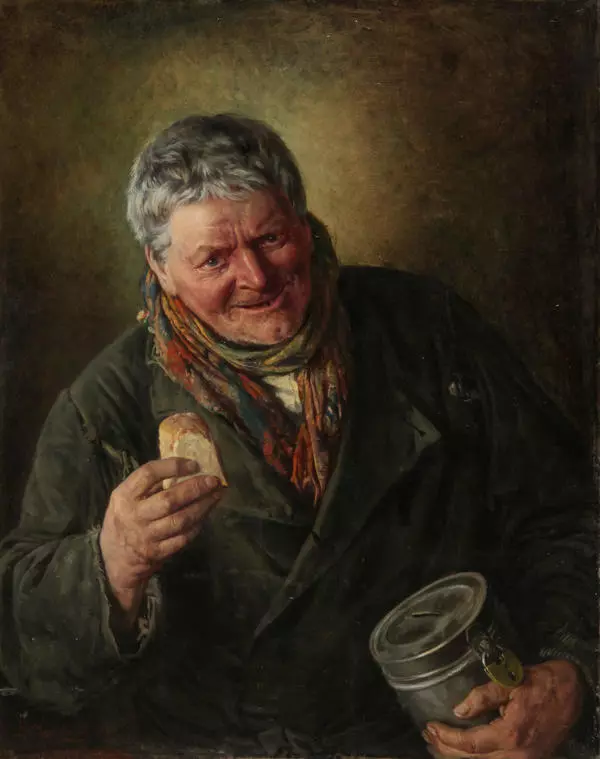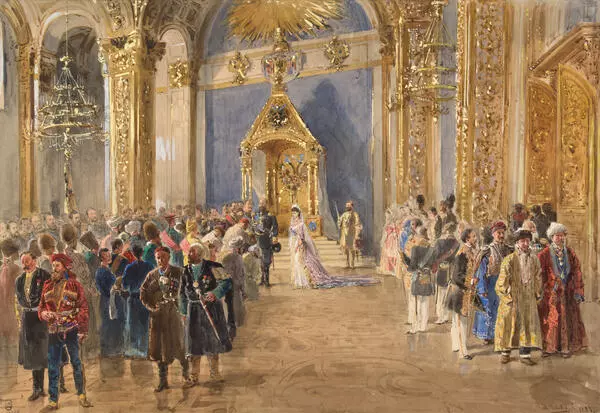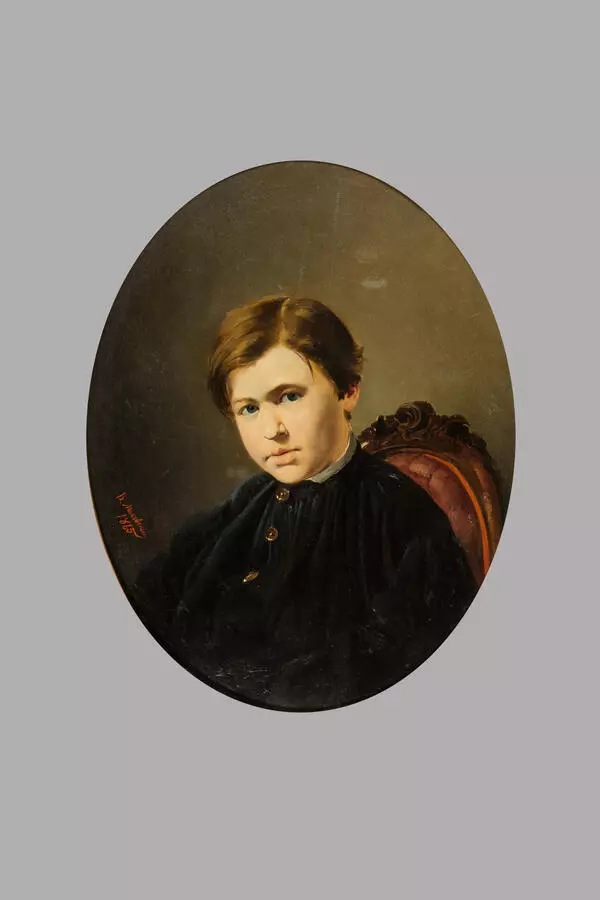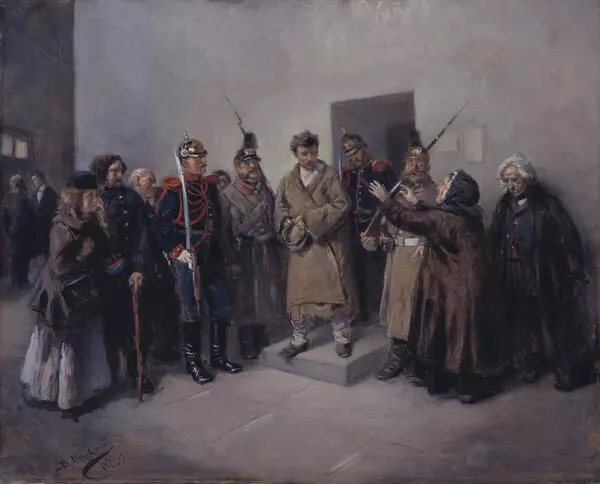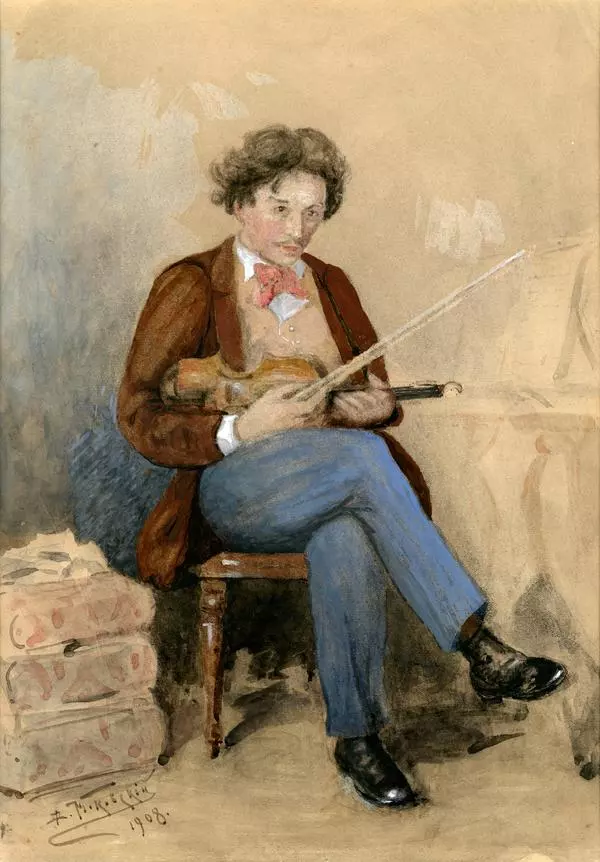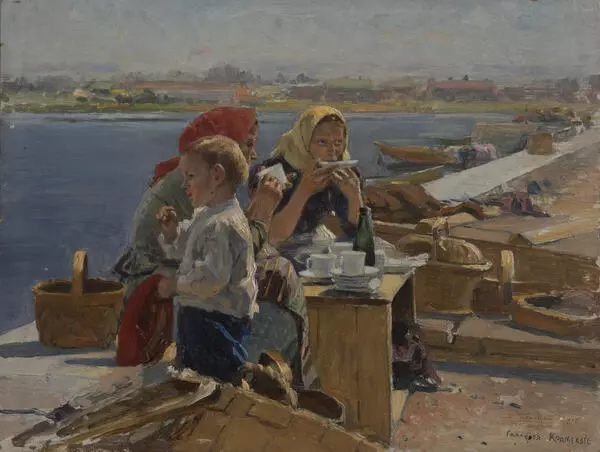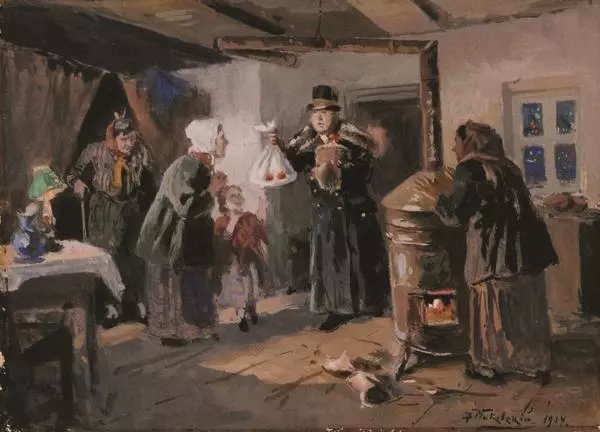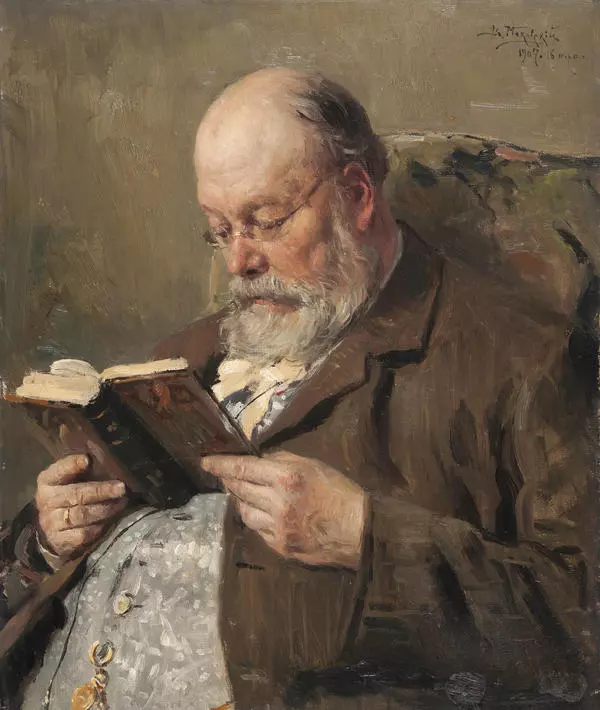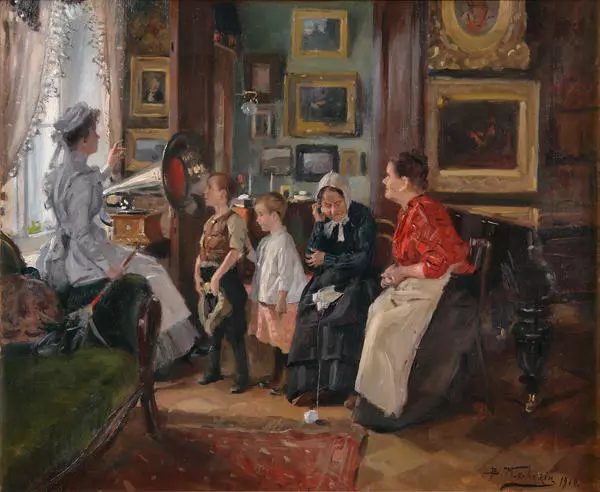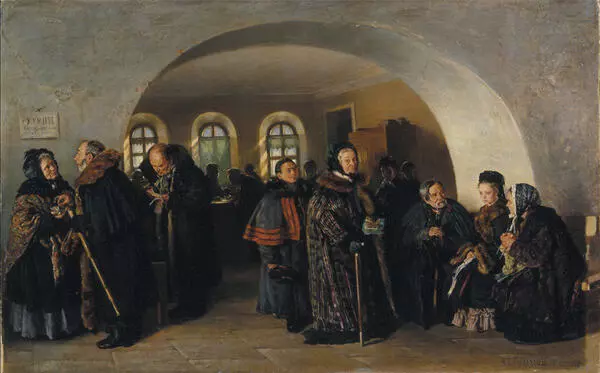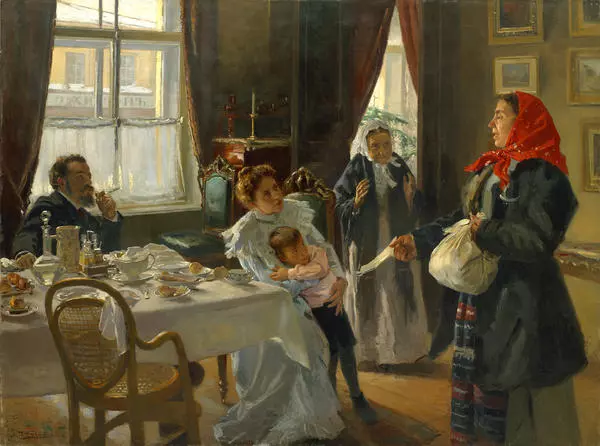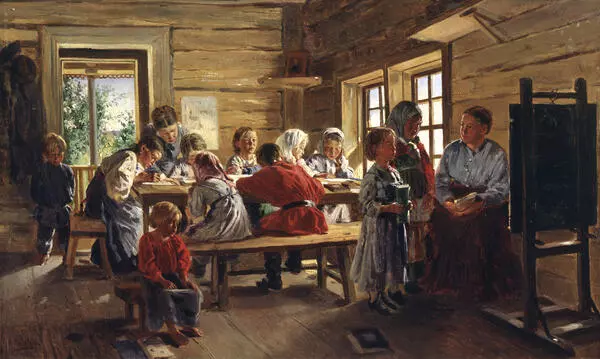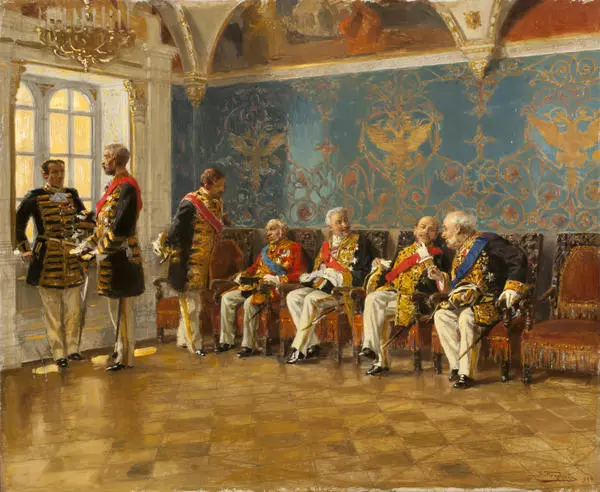Vladimir Makovsky painted the painting ‘Rat catcher’ in 1865. He portrayed a young man sitting down at a city wall. The man’s right hand is holding onto various rattraps — poisoned baits are usually held in these types of containers. The young man is bored and awaits for clients, who are jaded with “grey misfortune, ” to approach him.
Rat catchers were still in high demand in the middle ages and continued to be so until the early 20th century. In the past centuries they sat on city streets, and offered their services to the local townsfolk and shop owners. The rat exterminators used blowguns, strangleholds, various traps and poisoned baits. Often they held specially trained terriers and even ferrets. The profession did not pay all that bad and was in high demand — however, people did not like rat catchers and thought it was dirty work.Vladimir Makovsky often created paintings, where beggars, vagabonds, drunks, and people in tough professions became the central figures. Contemporaries wrote, ‘He visits all the almshouses… He knows all the backwaters of Moscow, all the slums, you can meet him at markets, at local fairs, at all the flea markets and at balls, in theatres, concerts, in masquerades, or on the boulevard.’ The artist portrayed the miserable life of the urban poor, a bright contrast between the haves and the have nots.
Vladimir Makovsky was born in 1846 and lived until 1920. In his childhood he was surrounded by artists — his father Yegor Makovsky was one of the founders of the Moscow school of painting, sculpture and architecture. The boy naturally became interested in painting at an early age, and, most importantly, he had the talent to recognize art’s true purpose, which is the ability to influence the world. His first lessons were taught by Vasily Tropinin. By the age of fifteen, the artist had painted his first relevant painting, “a boy selling kvass.” Later, he developed his skills at the Academy of Arts, where he sharpened his technique in illustrating people with extraordinary accuracy.
In genre paintings, Vladimir Makovsky had the ability to depict a whole story. He managed to portray the whole world in two to three details with his characters simply gesturing and posing. A barefoot child ferociously chewing on bread, or a girl in a wedding dress with eyes full of tears — his characters are relatable and very understandable. He is the author of the famous quote:“A painting is speechless, it should take a minute to understand, and in this minute everything must be understood, otherwise it is not a painting.”
